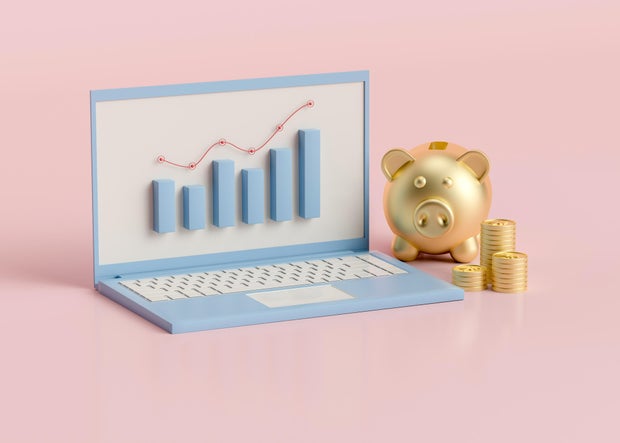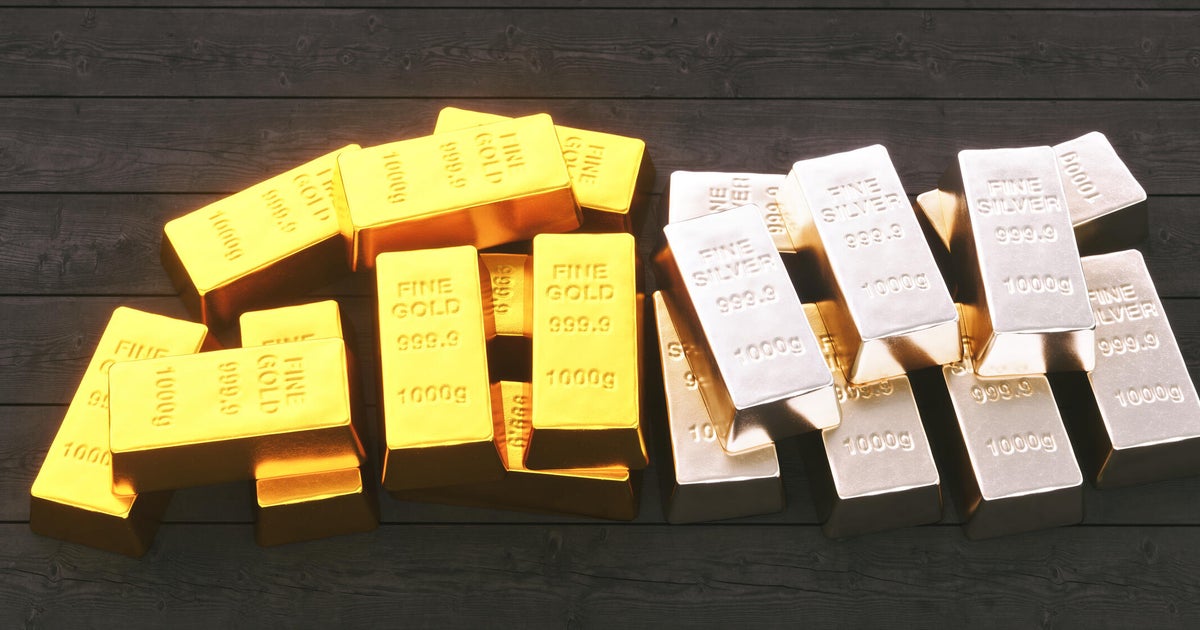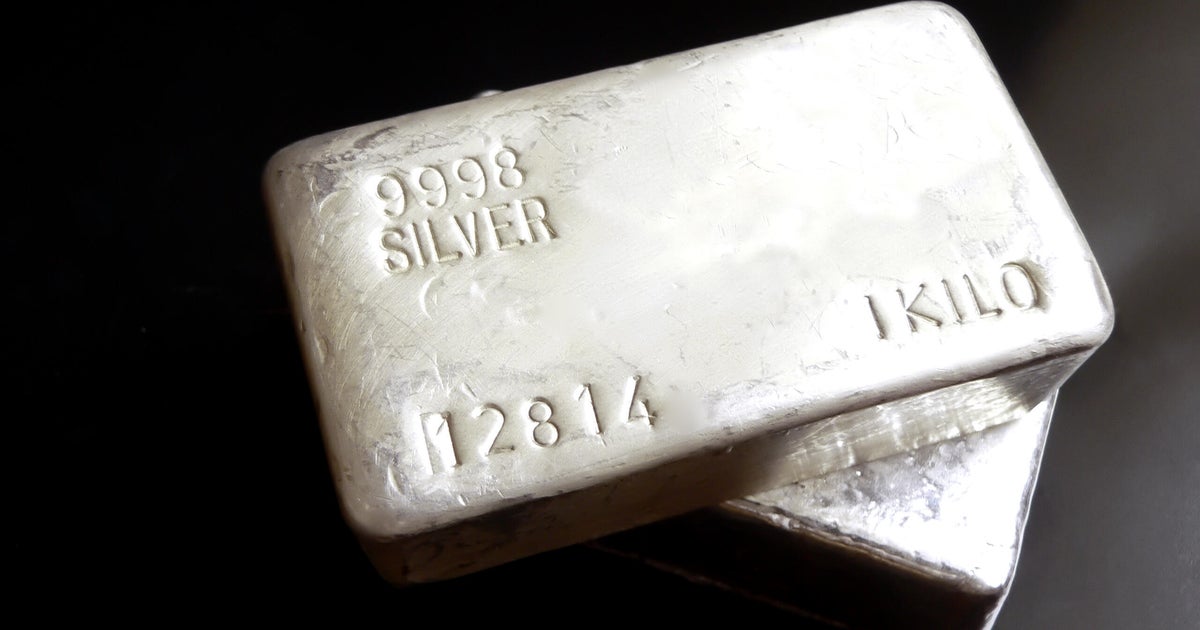How is gold affected by the economy?
Gold has been considered a valuable asset for centuries. It offers a wide array of benefits to investors, including steady returns, portfolio diversification and high liquidity. In addition, there are many ways to invest in gold, from physical bars and coins to stocks and ETFs, allowing investors to choose the best option for their preferences and investing goals.
However, the value of gold is not fixed; it fluctuates regularly due to a variety of factors. To maximize your investment, it's important to understand these factors and how they influence gold prices.
Learn more about gold investing by requesting a free information kit here.
How is gold affected by the economy?
There are several factors that affect the price of gold. Knowing how they work can help you make an informed decision about when to add gold to your portfolio.
Supply and demand
Like any other commodity, gold's price is affected by supply and demand. There is only so much gold to be mined, so the higher demand rises, the more gold prices rise along with it.
Gold has many uses, including in jewelry and electronics, as an investment and for industrial purposes. As a result, it's always in demand to some extent. However, economic conditions (described in more detail below) can drive demand — and prices — higher.
U.S. economic uncertainty
Gold is often regarded as a safe-haven asset during times of economic uncertainty. So, when the economy is shaky, investors put more of their money in gold to preserve their wealth and protect their portfolios from losses suffered by more-volatile assets, such as stocks. As a result, demand goes up, and prices go up along with it.
We've seen this in action this year; economic turbulence propelled gold prices to near-record levels as investors flocked to the precious metal to protect their wealth. Think gold could be right for you? Learn more with a free investors kit today.
Inflation
Historically, gold has been seen as a hedge against inflation since its value is not linked to currencies or central banks. When inflation is high, people often turn to gold to preserve their wealth, as the cost of living goes up and the dollar's purchasing power goes down. This higher demand generally leads to higher gold prices.
Interest rates
The relationship between interest rates and the value of gold is a complex one and depends on its interplay with the other factors on this list. For example, when we spoke with experts recently, they were divided over whether the Federal Reserve's June rate pause would result in higher or lower gold prices.
That said, gold generally tends to have an inverse relationship with interest rates. In other words, when interest rates go up, the value of gold often goes down. This is because higher interest rates make other investment options, such as stocks and bonds, more attractive to investors. This decreases the demand for gold and, subsequently, its price.
Find out if gold investing is right for you — request your free investment guide today.
Global events
Finally, world events such as geopolitical tensions, natural disasters and trade wars can also impact the value of gold. As with economic uncertainty in the U.S., global economic uncertainty (which can be affected by any number of factors) often prompts investors to move to gold. Its long-term performance has historically been steady through periods of turmoil more than assets such as stocks.
The bottom line
The value of gold is affected by many economic factors, from supply and demand to interest rates and national and global uncertainty. Knowing how these factors come into play can help you better understand current gold price trends, as well as gold's investment prospects.
That said, because gold is best seen as a long-term investment, its price isn't as important as how it fits into your overall investment strategy. Be sure to understand its pros and cons and reach out to a financial advisor if you need guidance on how it can best serve your portfolio.






